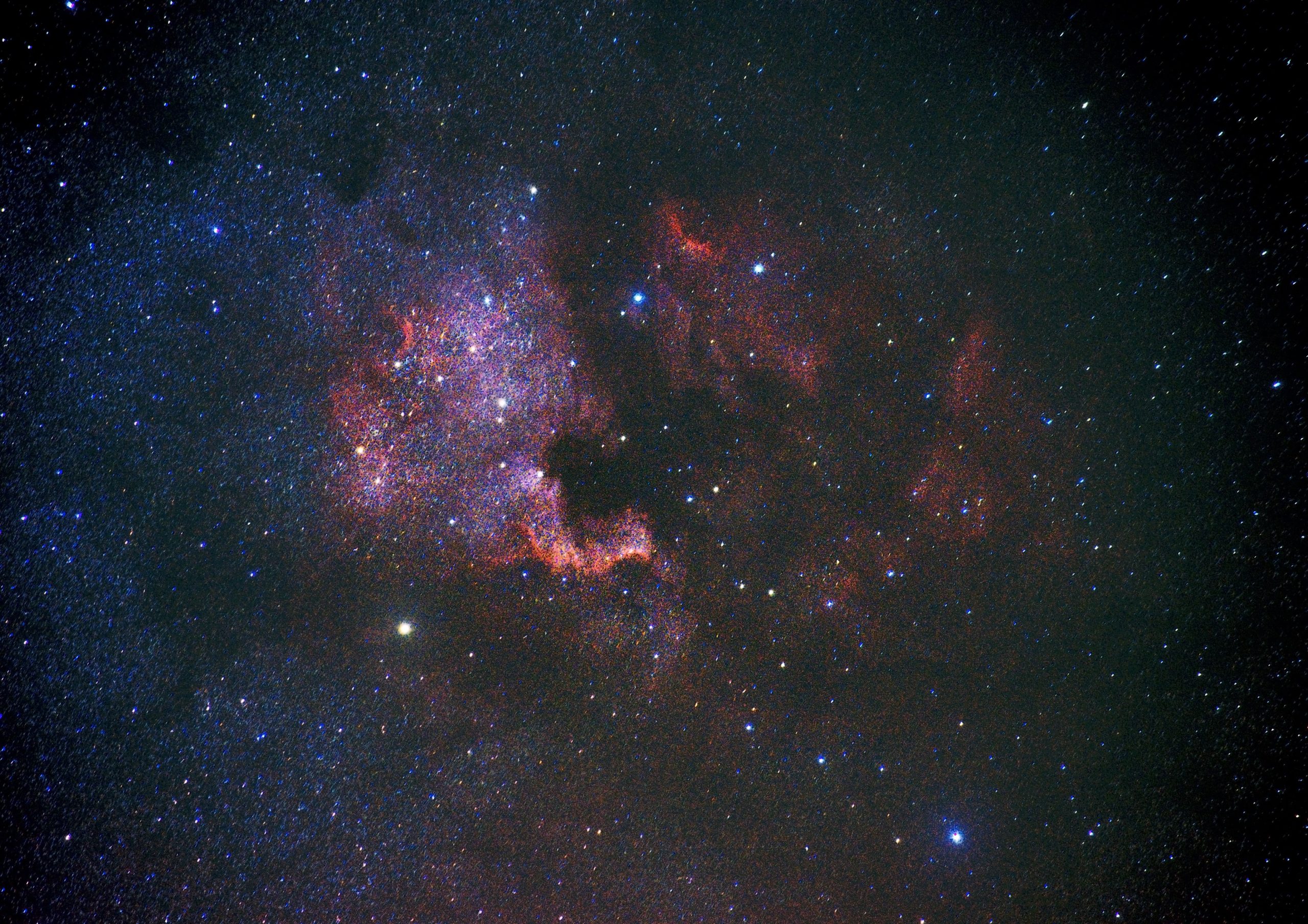Understanding the Difference Between First Quarter Moon and Last Quarter Moon
The moon, our celestial companion, goes through a variety of phases as it orbits around the earth. These phases are a result of the moon’s position in relation to the sun and the earth, and they give us a fascinating glimpse into the moon’s journey through the sky. Among the many lunar phases, two important milestones are the first quarter moon and the last quarter moon. In this blog post, we will delve into the characteristics and significance of these two phases, unraveling their unique features and shedding light on the differences between them.
First Quarter Moon: The Waxing Phase
The first quarter moon, also known as the half-moon or the waxing crescent, marks the midpoint between the new moon and the full moon. During this phase, the moon is positioned at a 90-degree angle with respect to the sun and the earth, with the moon’s right side illuminated while the left side remains in shadow.
One of the key characteristics of the first quarter moon is its distinctive shape. From an observer’s perspective, it appears as a semicircle or a half-moon, with the illuminated portion increasing from night to night. This gradual illumination is a result of the moon’s eastward motion around the earth, which causes the sunlit portion to shift and become more visible.
Not only is the first quarter moon visually stunning, but it also holds symbolic significance. Traditionally, this phase represents growth, action, and setting intentions. It is a time for pursuing goals and manifesting desires, making it an optimal period for embarking on new projects or taking decisive action towards one’s aspirations.
During the first quarter moon phase, several interesting phenomena are observed. These include:
- Shadow Casting: As the illuminated section of the moon increases, shadows cast by the moon become more pronounced. This phenomenon allows observers to witness the moon’s surface geography, highlighting its mountains, valleys, and impact craters.
- Visibility: The first quarter moon rises around midday and sets around midnight, making it visible during the afternoon and evening. Its location in the sky is typically opposite to the sun, allowing for easy visibility.
- Tidal Effects: The gravitational pull of the moon affects tides on Earth, with the first quarter moon contributing to moderate tidal ranges known as neap tides.
As we transition from the first quarter moon, we move towards the latter half of the lunar cycle, where the last quarter moon takes center stage.
Last Quarter Moon: The Waning Phase
Like the first quarter moon, the last quarter moon also presents a captivating spectacle in the night sky. As its name suggests, it signifies the final quarter of the lunar cycle, appearing as a semicircle or half-moon illuminated on the left side while the right side remains hidden in darkness.
During the last quarter moon phase, the moon occupies a 270-degree angle in relation to the earth and the sun. Its position is opposite to how it is during the first quarter moon, when it occupied a 90-degree angle.
Symbolically, the last quarter moon signifies release, reflection, and completion. It is a period of introspection and assessment, offering an opportunity to let go of what no longer serves us, tying up loose ends, and preparing for the new lunar cycle ahead.
Similar to the first quarter moon, the last quarter moon brings forth various phenomena:
- Decreasing Illumination: As the last quarter moon progresses, its illuminated portion diminishes, transitioning towards the new moon phase. This waning illumination symbolizes closure and the conclusion of a cycle.
- Morning Observation: The last quarter moon typically rises around midnight and sets around midday, making it more visible in the early morning sky.
- Tidal Effects: Like during the first quarter moon, the gravitational pull of the last quarter moon also contributes to neap tides, causing moderate tidal ranges.
Comparing the Two Phases
Now that we have explored the unique characteristics of the first quarter moon and the last quarter moon, let’s summarize their differences:
| Characteristic | First Quarter Moon | Last Quarter Moon |
|---|---|---|
| Main Illuminated Side | Right | Left |
| Phase Angle | 90 degrees | 270 degrees |
| Symbolic Significance | Growth, action, and setting intentions | Release, reflection, and completion |
| Visibility | Afternoon and evening | Early morning |
| Gravitational Influence on Tides | Contributes to neap tides | Contributes to neap tides |
While the two phases have distinct characteristics, they both play a significant role in the lunar cycle and offer unique opportunities for reflection and action.
Conclusion
As we gaze up at the night sky and observe the moon’s ever-changing face, it is important to appreciate the nuances of the lunar phases. The first quarter moon and the last quarter moon, though similar in structure, offer divergent energies and symbolism during their respective phases. Whether we seek to set intentions and pursue growth or reflect on our achievements and release what no longer serves us, these two lunar milestones provide us with a chance to connect with the rhythms of the natural world and foster self-awareness.
So, next time you catch a glimpse of the moon in the sky, take a moment to contemplate its phase, appreciate its beauty, and find inspiration in its celestial dance.
Table of Contents
